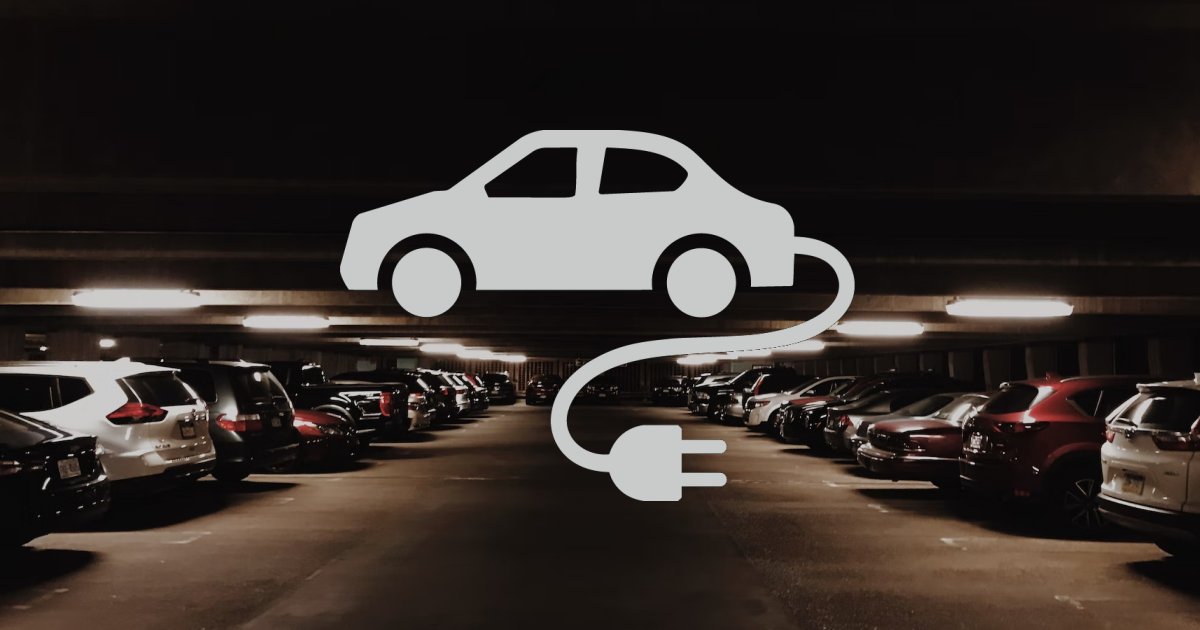Drivers of internal combustion engine (ICE) vehicles should be aware parking their cars in a designated EV spot could turn out to be a pretty pricey exercise.
The term “ICEd” was coined to describe the practice of an internal combustion engine vehicle parking in an EV charging bay. Sometimes this is an innocent mistake, sometimes intentional.
It used to be there was nothing much EV owners could do about so-called “ICEholes” without placing themselves in a potentially nasty situation. With discretion being the better part of valour and road rage being all the rage, getting into an argument with another driver (ICE or otherwise) isn’t a great idea if it can be avoided.
But in the past few years, several states have implemented rules banning the practice where specific signage is used; with financial penalties if caught. While it won’t be particularly helpful for resolving a situation immediately, a strong message can be sent to the offending driver with less risk. All that’s needed is a (discreetly taken) photo and a report to the relevant authority.
Victoria
In 2020, amendments were made to Road Safety Road Rules stipulating a driver of a vehicle that is not an electric-powered vehicle must not stop in a charging or non-charging parking area appropriately designated for electric vehicles.
Maximum fine: 2 penalty units (up to $369.84 total currently). The minimum is reportedly .6 units, so around $110. Further details.
Queensland
Queensland followed Victoria’s lead in February 2022, but just in relation to parking in a spot appropriately designated for charging an electric vehicle. The fine appears to be much less than Victoria – 55 bucks according to various reports. Some drivers might think the risk and fine low enough to make the kicks and giggles derived from ICEing EV drivers worthwhile.
But looking at current legislation, the maximum is actually 20 penalty units. Each penalty unit is (currently) $143.75; so a maximum $2,875. As annoying as ICEing may be, that seems rather excessive. As for the $55, it’s likely associated with an infringement notice, whereas the potential maximum penalty can apply if the case goes to court.
New South Wales
New South Wales amended legislation in November 2022 as far as I can tell, and also has potentially hefty fines.
In NSW, the maximum fine is 20 penalty units, and a penalty unit is $110 currently. So, parking an ICE car in an appropriately designated EV charging *or* non-charging space could cost up to $2,200 if caught.
For the purposes of the legislation in VIC, QLD and NSW, an “electric powered vehicle” is defined as a vehicle powered by one or more electric motors or traction motors – regardless of whether the vehicle is also powered by another form of propulsion – and can be recharged from an external source of electricity.
EV Owners Can Be Fined Too
The practice of parking an EV in a charging bay and not using the charger isn’t unheard of. But in each state noted above, EV drivers must ensure their vehicle is plugged in to the charger (or freshly-unplugged after finishing charging) while using the appropriately designated parking space – otherwise the penalties can be the same. Of course, that doesn’t address the issue of an EV driver taking up the space far longer than necessary with the plug still in.
No doubt other states and territories will follow VIC, QLD and NSW. If new rules and fines come into play, they may not be introduced with a whole lot of fanfare – as appears to be the case in NSW. So, the safest bet is for ICE and EV drivers alike to act as if they already are. The risk of financial penalties aside, it’s just the right thing to do.
On a related note, to learn everything you need to know about EV chargers and charging – at home or away from it – check out SQ’s Founder Finn’s EV Charging 101 guide and video.


 RSS - Posts
RSS - Posts



This question is related to EV , How many EV actually have a spare wheel , as the entire base is taken up with batteries . I think is a big concern when travelling outside any Metro areas
It’s now normal for new cars to come without a spare tyre, whether they are electric or conventional. They generally just supply a can of tyre goo that’s supposed to suffice for emergencies. Some vehicles have a lightweight spare wheel that, again, is only for emergency use. I don’t like new cars not having spare tyres, but it has been over 10 years since I’ve had a flat and that was a naughty children letting air out of the tyre situation.
Where to report the “iceholes” though? Especially when most of the charging bays are located in non-government owned car parks. Do they have jurisdiction to hand out fines?